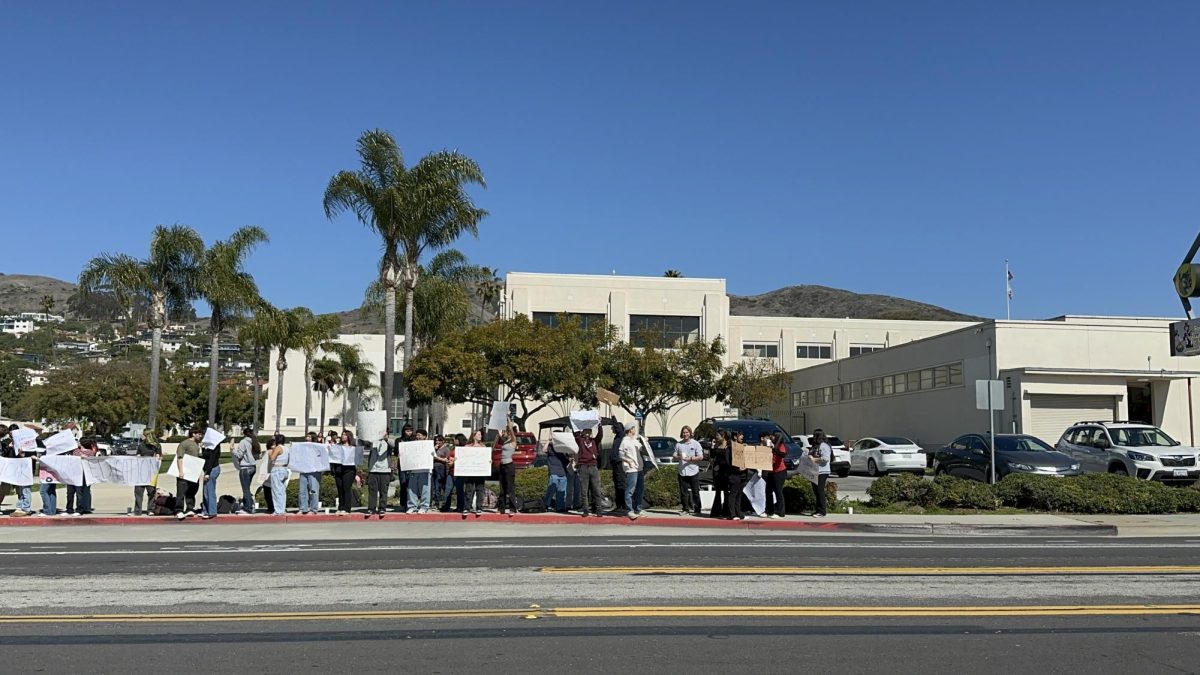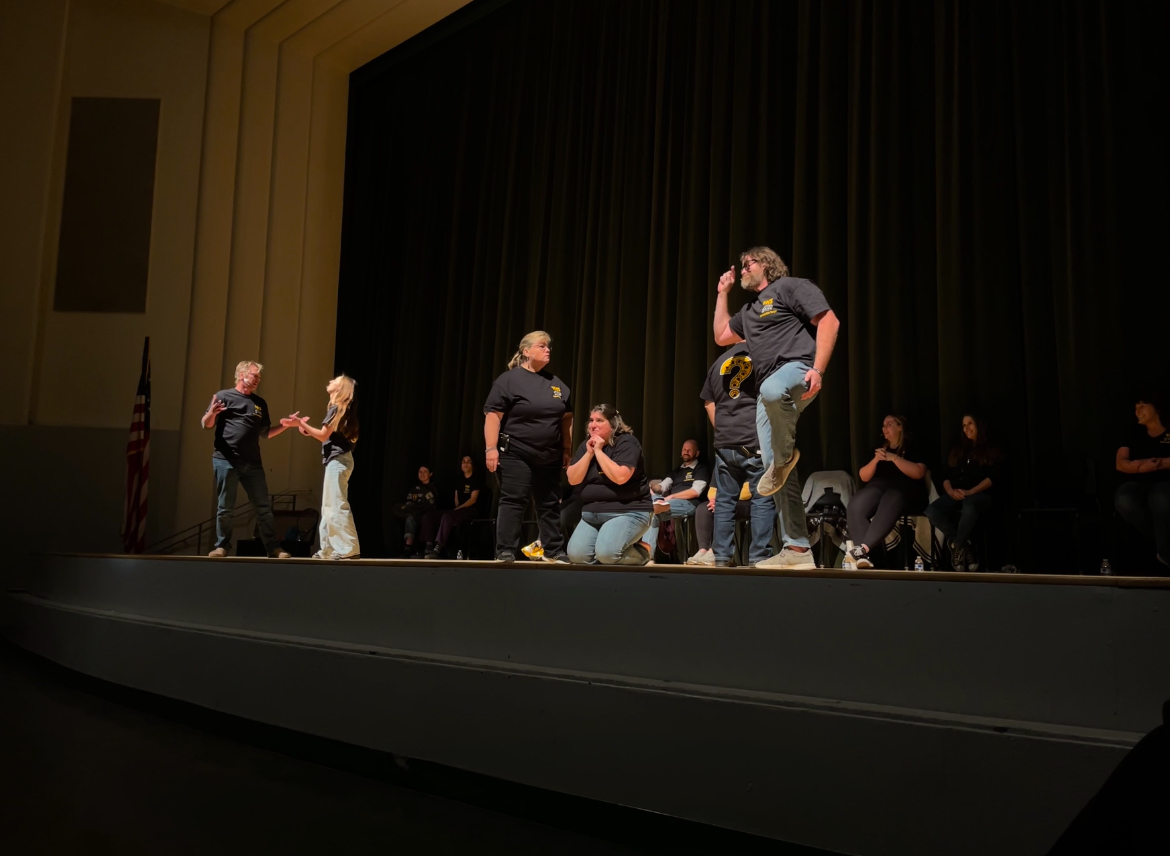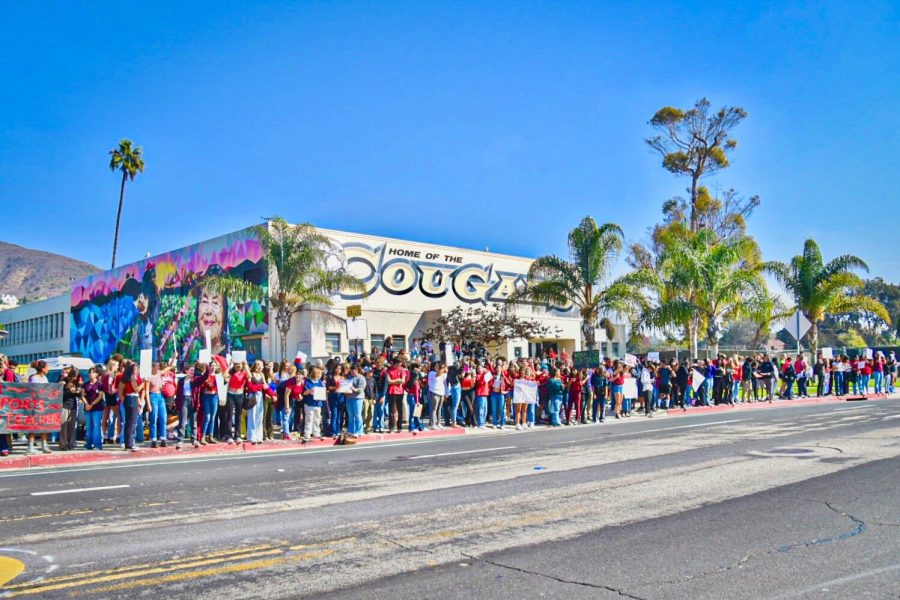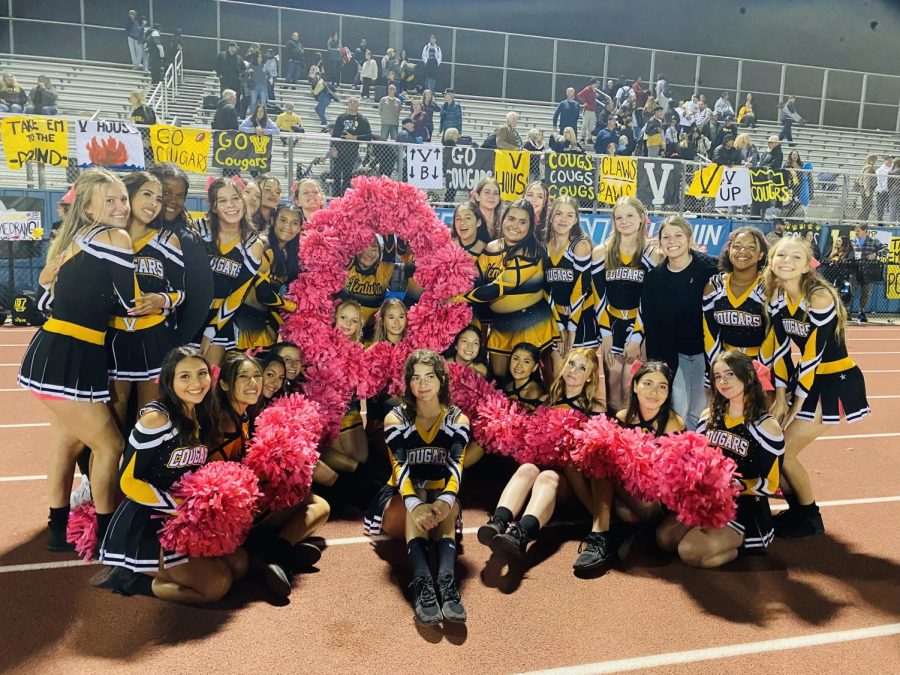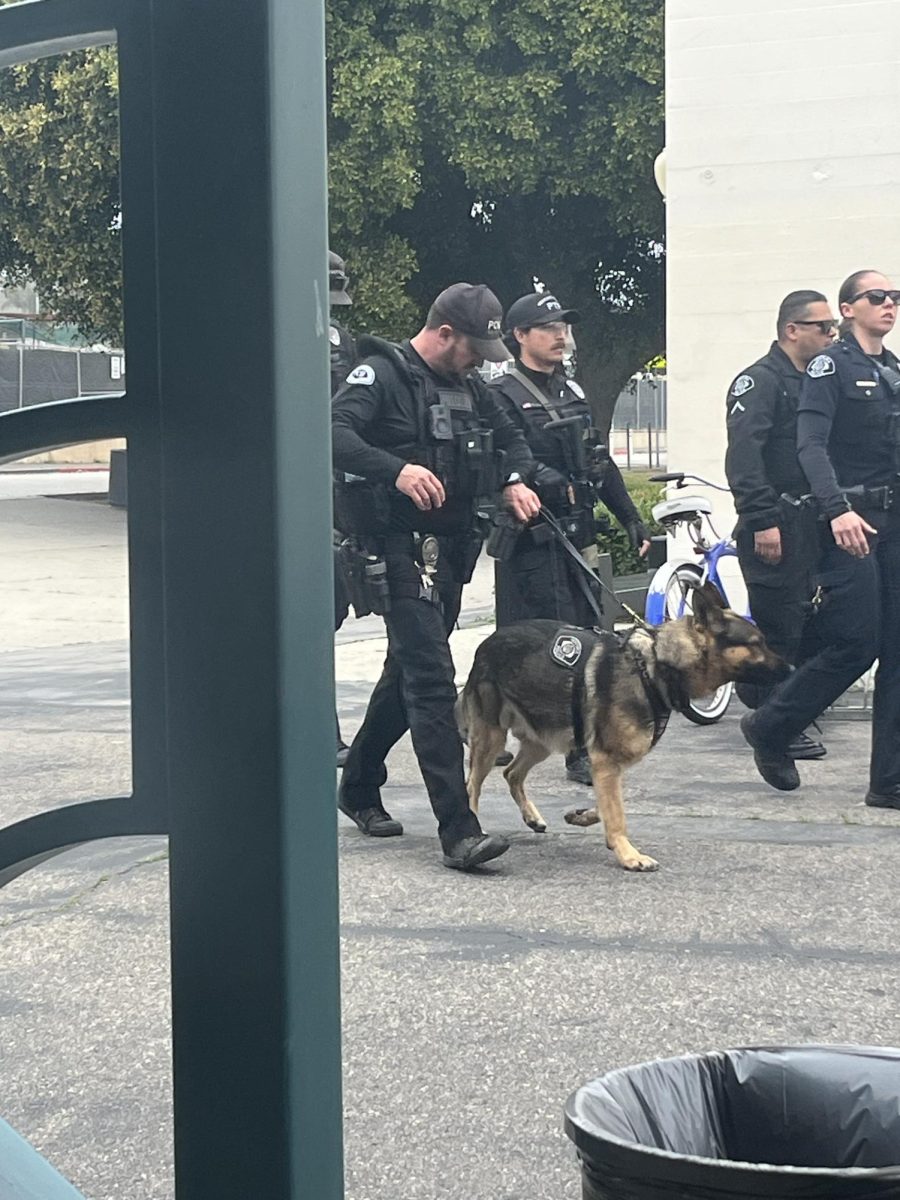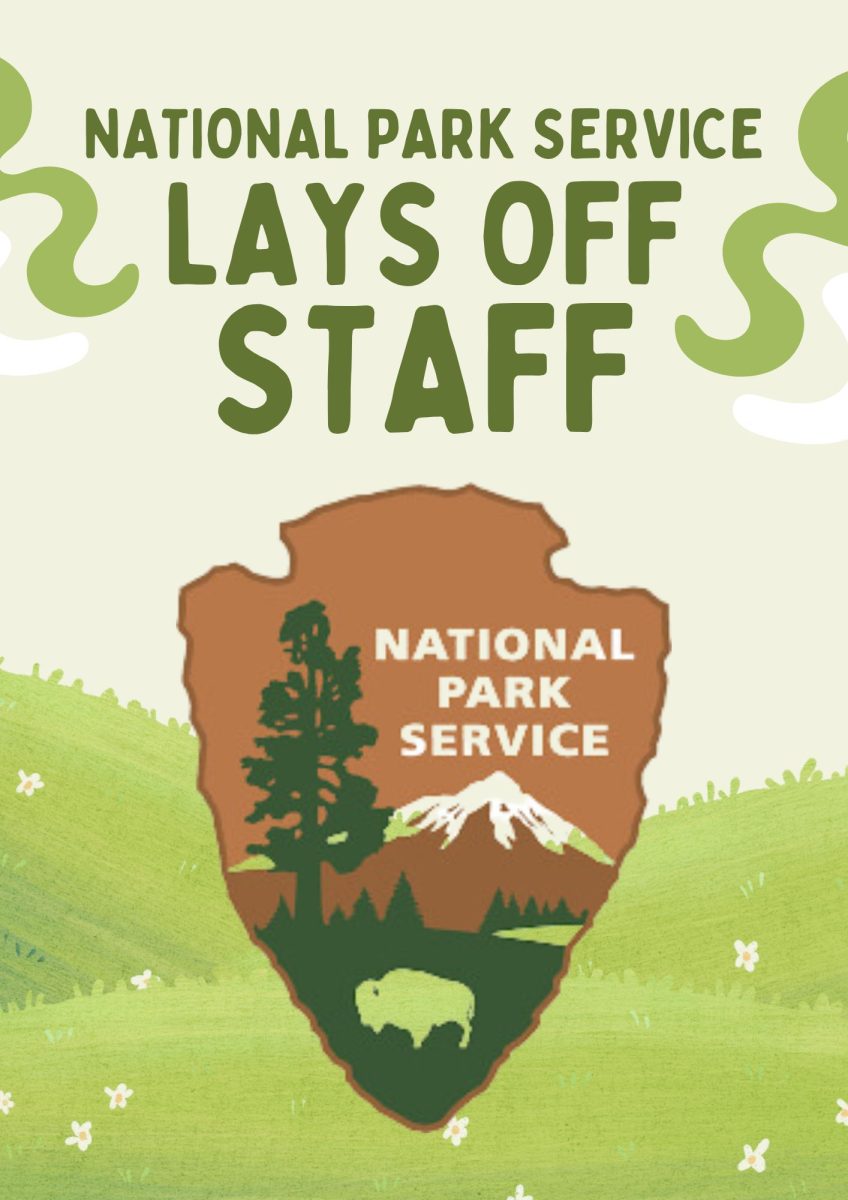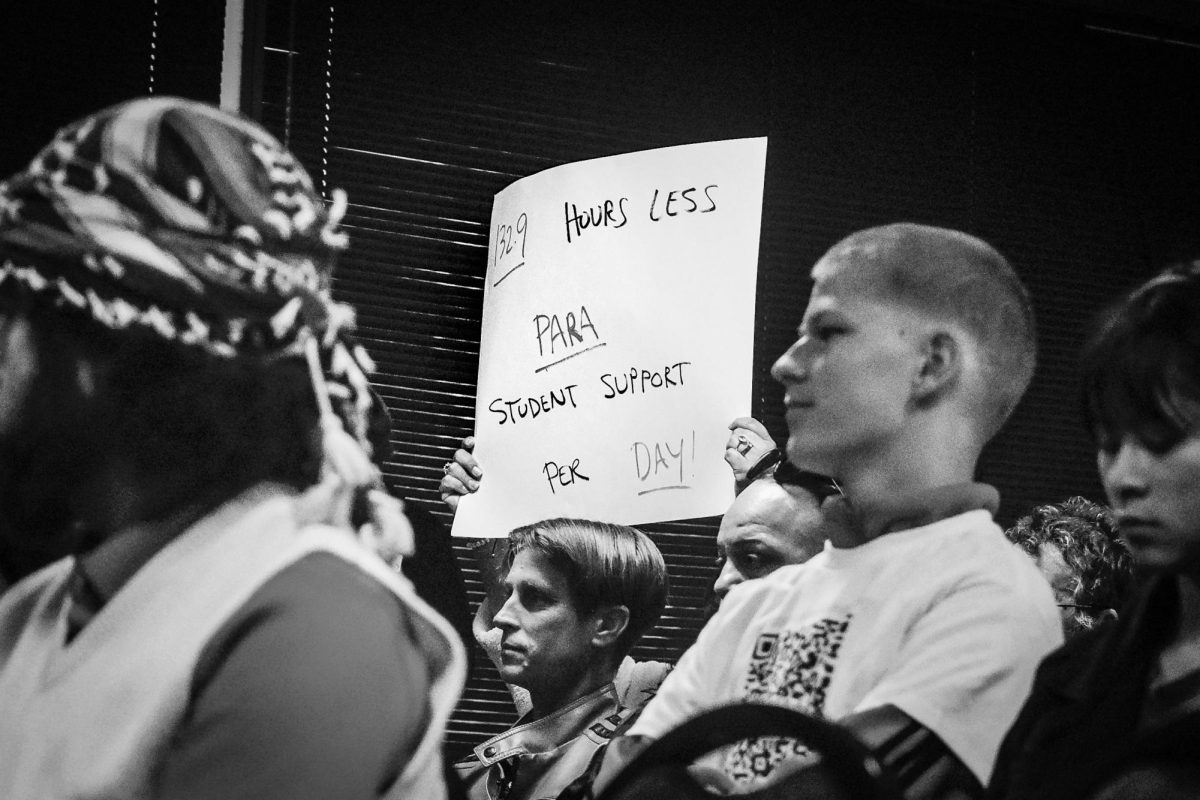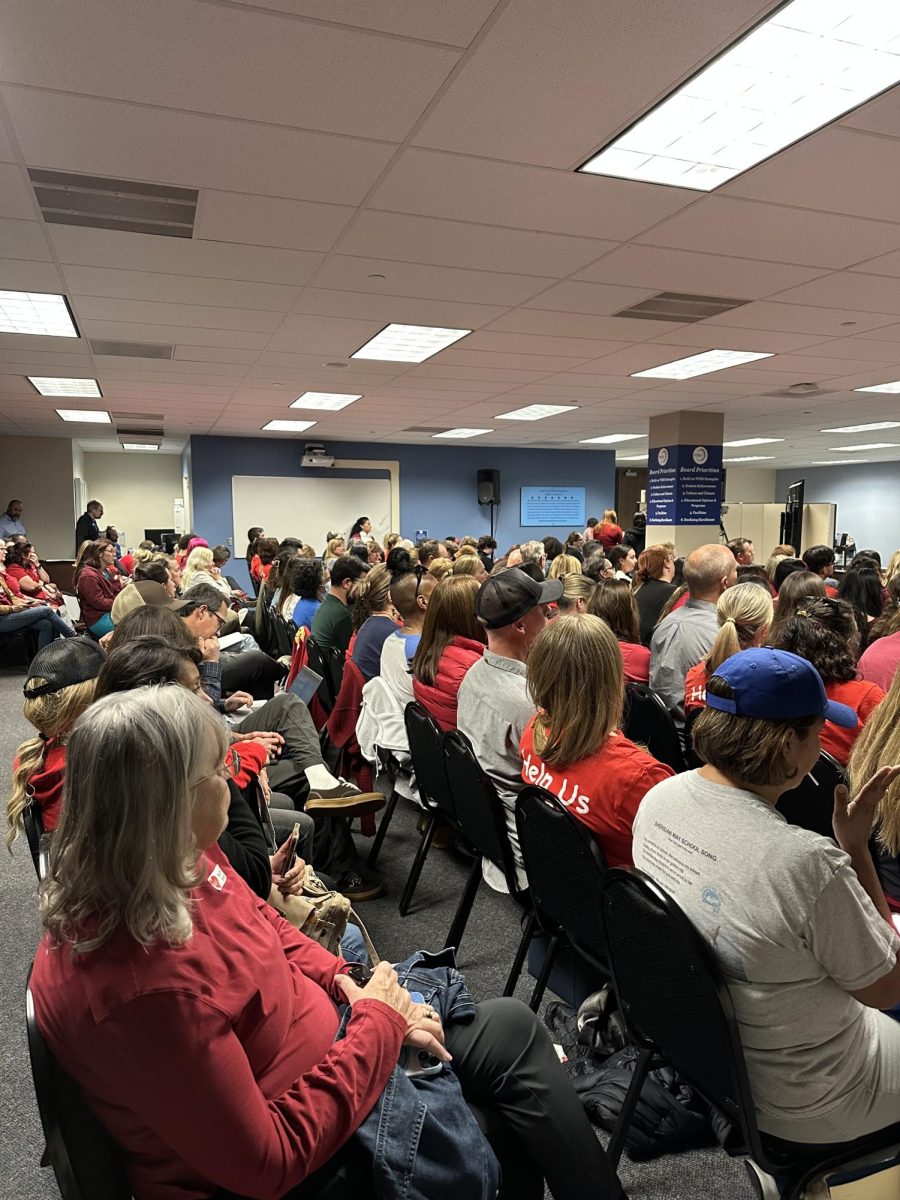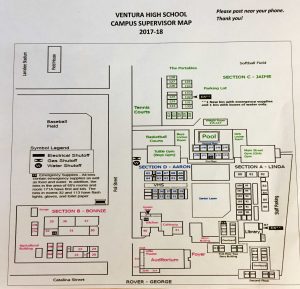
California is likely due for an earthquake, but is anyone making preparations for the “Big One?” The part of the San Andreas Fault that runs along the Grapevine , North of Los Angeles, hasn’t experienced a “major” earthquake -one classified as a 7.0 to 7.9 magnitude- in 160 years. The last earthquake was Fort Tejon with a 7.9 magnitude on January 9, 1857.
In the article, A section of the San Andreas fault close to L.A. could be overdue for a major earthquake, from the Los Angeles Times, research shows that earthquakes happen in that area on average every 100 years.
An earthquake happens when two of the Earth’s tectonic plates slip past one another. The edges of these plates are called plate boundaries, which are made up of many faults. The San Andreas Fault is located where the Pacific plate meets the North American plate. The edges of the fault collide against one another storing their energy until the force is so great that it overcomes the friction of the colliding edges, causing it to unstick and unleashing all of the stored energy in the form of seismic waves. When these waves reach the Earth’s surface, the power of the quake is felt by anything touching the ground.
For the San Andreas Fault which runs north of Los Angeles, even more energy is being stored up than usual. Scientists have said that it is possible for Southern California to be hit with a magnitude 8.2 earthquake. According to Matthew Blackett, Senior Lecturer in Physical Geography and Natural Hazards at Britain’s Coventry University, “American government projections place the likely magnitude of the quake somewhere between magnitudes 7 and 8.”
There have been two recent major earthquakes -magnitudes 8.1 and 7.1- that hit Mexico less than two weeks apart. The magnitude 8.1 struck the states of Oaxaca, Chiapas, and Tabasco on September 7. According to an article from CNN, this quake was felt more than 600 miles from the epicenter.
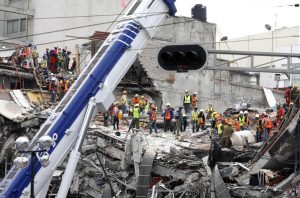
On September 19, the magnitude 7.1 quake shook the state of Puebla -75 miles from Mexico City- and killed more than 300 people. More than 2,000 public schools were damaged during this devastating event, and 16 out of the 212 affected schools in Mexico City were severely damaged.
As of now, earthquakes are unpredictable. Scientists do know a lot more about earthquakes than they did 50 years ago, but they still cannot predict exactly when and where an earthquake will occur.
There are a couple of ways that scientists try to monitor earthquake activity, like a seismometer to pick up the vibrations of the Earth’s crust, but they are not 100% reliable. Scientists can make predictions where major earthquakes are likely to occur as well as make general guesses about when they might occur, by looking at the history of earthquakes in the region. Although if these methods were extremely accurate, part of Southern California would have had an earthquake 60 years ago.
There are many countries, including Mexico, Japan, China, Taiwan, and Turkey, that have put in place an early detection system that sends an alert to individual people miles away from the quake’s epicenter, seconds before the ground starts to shake in their area. The United States however, does not have any similar systems in place.
As scientists cannot yet accurately predict exactly when and where an earthquake will occur, the best solution is for people living in earthquake zones to always be ready.
Earthquakes strike suddenly and without warning. One of the most common things people do to prepare, is have an easy to access emergency supply kit at their home, car, and place of work, that can last at least 3 days, however, one week is recommended.
One of the most important things that is often lost during an earthquake is the ability to communicate with others in different locations. A topic that individuals and families often discuss is a plan to reunite and make sure that everyone is safe if an earthquake were to suddenly strike.
If inside during an earthquake, stay there, get under a table or desk, and stay clear of any windows, exterior walls, and appliances.
If outside, get into the open and stay clear of buildings, power lines, and anything else that could fall.
If driving, get out of traffic, stop, and stay clear of any overpasses, light posts, signs, power lines, and trees.
After an earthquake if there are phone lines are working, it’s advised to only use them for emergencies or to notify someone that you are safe. One should also check all appliances and look for fire hazards, as well as listen to any important information and instructions.
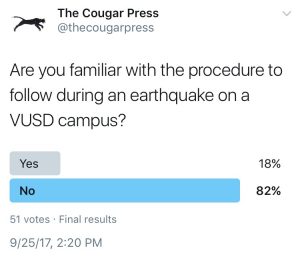 It is also crucial to be prepared for any aftershocks, which are additional movements of the Earth’s crust after the mainshock of the quake. Since tsunamis are closely associated with large earthquakes, getting to high ground may be vital if you live in a susceptible area.
It is also crucial to be prepared for any aftershocks, which are additional movements of the Earth’s crust after the mainshock of the quake. Since tsunamis are closely associated with large earthquakes, getting to high ground may be vital if you live in a susceptible area.
As for schools, emergency plans are specific to each school, and practice is recommended to take place multiple times per year.
When the question, “Are you familiar with the procedure to follow during an earthquake on a VUSD campus” was asked in a recent Twitter poll posted by The Cougar Press, 82 percent of 51 votes said “no.”
Ventura is less than 100 miles away from the San Andreas Fault, meaning that the city is very much in earthquake territory.
Charles Cornwell -the assistant principal at VHS- said: “Every year we update our security procedures. We have what they call a ‘school safe plan,’ and it’s updated every year. What we do is we take information from that, and we put it in every classroom, on what we call a ‘safe wall.’ So every teacher should have a safe wall.”
The safe walls contain information about what teachers and students should do in different emergency situations. Classrooms also have an emergency supply kit which contains the basic necessities for emergency incidents that last less than one day.
The new safe walls will be red and labeled “Safety” in a big font, and will have necessary safety information that will include an evacuation route for each classroom, a teacher buddy list that pairs two teachers together so that they can be responsible for one another, and a booklet that has information about what should be done to be as safe as possible in different emergency situations.
At VHS, there are six different storage bins for emergency purposes which are distributed throughout the campus. These bins contain water, food, tools, toiletries, batteries, radios, and flashlights.
If the school were crumbling and the orders were to evacuate, all personnel on campus would move to one of the evacuation areas like Cemetery Park. If it is safe to stay on campus, ninth and tenth graders would be moved to the Main Street Gym, and eleventh and twelfth graders would go to the Tuttle Gym.
VHS is planning on participating in The Great California ShakeOut, which is a worldwide earthquake drill that will be held on October 19 at 10:19 a.m.
Teacher Karen Reynosa shared her insight on the topic: “I just think that the more prepared we are, the better it will be for all of us, and I think we’ll all feel safer, you know, by going through all of these processes and I feel in the end, we can feel confident when the big one comes that we know what to do.”
Earthquakes are not a new thing for California. The “Great Quake” that hit San Francisco with a magnitude of 7.8 in 1906, and the magnitude 6.7 quake in Northridge in 1994, are just two disastrous examples of what the powerful San Andreas Fault could do at any given time.
In another article from the Los Angeles Times, What are the odds of dying in an earthquake?, seismologist Lucy Jones said, “‘You’re far more likely to be murdered than die in an earthquake.’” Jones said earlier in the article that, “‘We’re afraid of earthquakes because they make us feel out of control. We can’t control the earthquake, but you can control your environment. So take control by making your environment a safe place to be in an earthquake.’”
When an earthquake occurs the highest priority is safety, so be prepared. Check the safe wall in your classroom for direct guidelines, talk to your teachers and family, make a plan for multiple situations, make emergency supply kits, and do more research about earthquake safety to help you and the people around you stay as safe as possible. There is no such thing as being too prepared when it comes to an earthquake.




